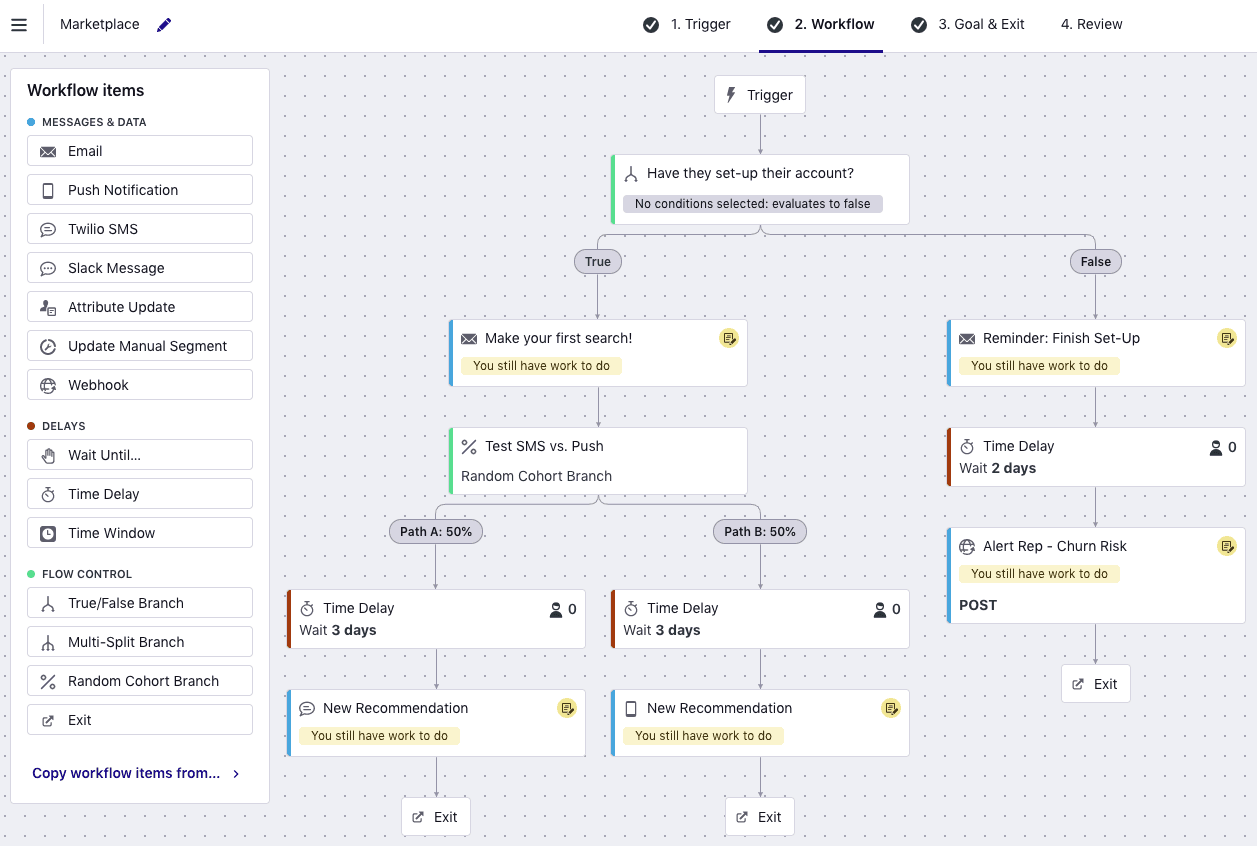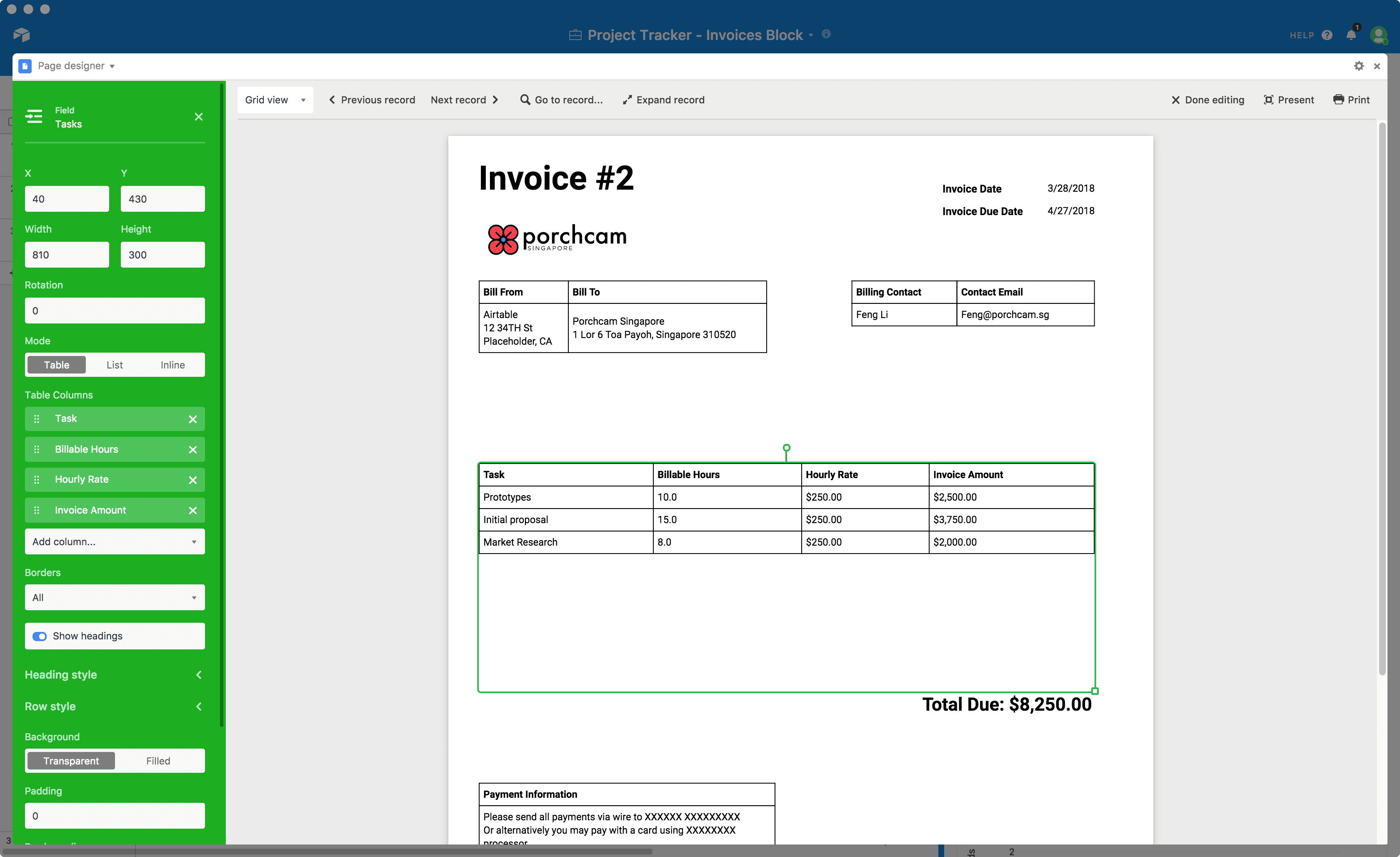Ever wished your work day could have a few more hours just so you could finish off those monotonous tasks? Well, how about we tell you there's a way? It's time to dive into the world of automation. No, we're not talking about robots taking over your job. We're talking about technology being the backstage crew who takes care of all the dull, little things that take up all your precious time, so you can shine on the stage that is your career. Ready to uncover how you can make technology work for you?
Decoding Automation
At its core, automation is all about employing technology to perform tasks that would typically require human intervention. Think of it as having an invisible army of tireless workers, executing tasks with a level of precision and consistency that would make even the most meticulous human green with envy. From firing off emails to handling customer service, automation is the silent powerhouse driving many of the functions we depend on daily.
In the business sphere, automation is nothing short of a revolution. It's not just about replacing humans with machines – it's about amplifying human capabilities, making businesses more efficient, and freeing up employees to focus on tasks that require a more personal touch. Fancy a deeper dive? Check out this ultimate guide to workflow automation or learn more about what is intelligent automation for a more in-depth look.
The Magic of Automation in Streamlining Work
You might be thinking, "Why should I care about automation?" Well, imagine if you could shrink an hour-long task into just a few minutes? Or if you could eradicate manual errors and achieve 100% accuracy every single time? That's the magic of automation.
Automation is a vital tool for streamlining work. It not only supercharges productivity but also reduces the risk of errors, ensures consistency, and can even lead to cost savings in the long run. It's like having a superpower that lets you do more with less – less time, less effort, and less stress.
Whether you're a small business owner looking to save time on mundane tasks or a large corporation aiming to boost efficiency, automation can play a significant role in achieving your goals. Check out these handy posts on how to automate your business and the benefits of automation to understand why automation is so crucial in today's fast-paced business landscape.
In the upcoming sections, we'll delve further into identifying tasks for automation, the best processes to automate, and tools to help you on your automation journey. So, hold onto your hats and get ready to automate like a pro!
How to Spot Tasks and Processes to Automate
As you embark on your automation journey, the first crucial step involves spotting which tasks to automate. Not every task is suitable for automation, and you need to discern which ones are. Here are three categories of tasks that are ripe for automation.
Routine Tasks
Routine tasks, also known as recurring or mundane tasks, are the low-hanging fruit in the world of automation. These are tasks you find yourself doing repeatedly, often with little variation. They could include data entry, report generation, or scheduling meetings. These tasks are typically monotonous and don't require much cognitive effort, making them perfect candidates for automation. By automating these tasks, you free up your time to focus on more strategic and impactful activities.
Time-consuming Tasks
Next on the list are time-consuming tasks. These are tasks that, while they may not be particularly difficult, consume a significant chunk of your time. For instance, managing your emails or organizing your files could fall into this category. Automating these chores allows you to reclaim your time, enabling you to focus on the tasks that truly need your attention and expertise.
Error-prone Tasks
Lastly, consider automating error-prone tasks. These are tasks that are highly susceptible to human error due to their complexity or the level of detail they require. Examples might include complex calculations, data validation, or quality checks. Automating these tasks can significantly reduce the chances of errors, improving your work's overall quality and reliability.
To get a more comprehensive understanding of how to automate tasks, check out the ultimate guide to workflow automation and how to automate tasks: software & tips.
Remember, the goal of automation isn't to eliminate human involvement entirely, but to enhance efficiency and productivity by automating tasks that are routine, time-consuming, and error-prone. By doing so, you can devote your time and energy to tasks that require your unique human skills and creativity.
7 Top Business Processes to Automate
Automation is the secret to efficiency, and there are several business operations that you can streamline with the right tools and strategies. Let's dive into the best processes that you can automate today.
1. Data Entry
Data entry is one of the most-hated parts of work today. But so many of the data entry tasks we assume we have to do manually can actually be automated—if you have the right tool at your disposal. Magical can help in this area big-time—from instantly filling out your spreadsheets, to autofilling forms with information from your open tabs so you can stop copying and pasting. The average Magical user saves around 7 hours a week on these repetitive data entry tasks.

2. Email Marketing
Email marketing is a powerful tool to engage your audience, but it can be time-consuming. Why not let automation take the wheel? From segmentation to scheduling, automation can handle the repetitive tasks while you focus on crafting compelling content. For instance, with an automated drip campaign, you can nurture prospects over time, delivering the right message at the right moment. Moreover, automation can also help you track and analyze your campaigns' performance, giving you insights to refine your strategy. Check out this ultimate guide to workflow automation for more details.

3. Social Media Posting
Social media posting is crucial for your online presence, but managing multiple platforms can be a headache. Thankfully, automation can relieve the stress. You can schedule posts in advance, ensuring consistent engagement without the need to be online 24/7. Plus, automated analytics can help you understand your audience better and optimize your content accordingly. And best of all, there are plenty of AI tools available to help you automate those witty captions you currently spend so much time on.

4. Invoice Processing
Invoice processing can be a tedious chore, prone to human error and delays. But with automation, you can streamline the process, speeding up payments and improving cash flow. Automated systems can track and manage invoices, send reminders, and even process payments, all without manual intervention. This not only saves time but also reduces the risk of errors and late payments.

5. Sales Outreach
Sales outreach can take a lot of time—even if you have an entire team of people doing it every day. Luckily, AI for sales has made this process a lot more automated so you can easily save time sending repetitive emails and messages. Use a tool like Magical to avoid copying and pasting templates—with Magical, you can instantly expand a message and have the app automatically enter in the personal details of your recipient. The app can even use AI to generate new email content and reply quickly to any message.

6. Customer Service
Customer service is the heart of any business, and automation can help you deliver an exceptional experience. With tools like chatbots, automated ticketing systems, and text expansion tools like Magical, you can ensure speedy, round-the-clock service. Moreover, automation can help you gather and analyze customer feedback, helping you continually improve your service. Explore more with our sales automation tools.

7. Data Backups
Lastly, data backups are vital for business continuity, and automation can ensure they're done regularly and reliably. Rather than depending on manual backups, which are prone to human error, you can set up automated backups to secure your data effectively. This gives you peace of mind, knowing that your business can recover swiftly from any disaster.
In conclusion, automating these processes can free up time, reduce errors, and allow you to focus on strategic tasks that drive growth. However, remember that automation is not a one-size-fits-all solution. Evaluate your needs, start small, and refine as you go to get the most from automation.
Tools for Automating Work Processes
Diving into the world of automation, the first step is to understand the plethora of tools available to streamline your workload. These digital assistants can help you automate everything from email campaigns to social media updates, invoicing, customer service, and even data backups. The key is to find the tools that best align with your needs.
Overview of Automation Tools
Automation tools can be categorized into several types based on their purpose. You've got task automation tools that handle repetitive tasks, workflow automation tools that streamline complex business processes, and intelligent automation tools that use artificial intelligence to make decisions and perform tasks.
For instance, tools like Hootsuite and Buffer are great for automating your social media posts. MailChimp and Constant Contact can handle your email marketing needs, while FreshBooks and QuickBooks can automate your invoicing process.
Tools like Zapier and IFTTT (If This Then That) allow you to create automated workflows by linking different apps together. These tools can help you automate complex tasks that involve multiple steps and apps.
On the other hand, intelligent automation tools can use AI to make decisions based on data. For example, chatbots can handle customer inquiries and provide answers based on a knowledge base.
For an in-depth look at some of these tools, check out the best workflow automation tools.
Evaluating Which Tool is Best for Your Needs
The best automation tool for you depends on your specific needs and circumstances. Here are a few factors to consider when choosing an automation tool:
Functionality: Does the tool do what you need it to do? This may seem obvious, but it's crucial to ensure the tool can handle your tasks effectively.
Ease of use: Is the tool user-friendly? A tool that is complicated to use can cause more harm than good.
Cost: Does the tool fit within your budget? Keep in mind that while some tools might be pricier, they might also offer more features and save you more time in the long run.
Integration: Does the tool integrate well with your existing systems? Seamless integration is key to effective automation.
Support: Does the tool provider offer good customer support? This can be invaluable when you run into problems or need help setting up your automation.
Remember, the goal of automation is to make your work easier and more efficient, not to create additional headaches. So take your time, do your research, and choose wisely. You might also find our guide on how to automate tasks: software & tips helpful in making your decision.
In the realm of automation, the perfect tool doesn't exist, but the perfect tool for you does. So, roll up your sleeves and start hunting for your digital sidekick!
Tips for Successful Automation
Diving into the world of automation can be an exhilarating adventure, but it can also be a labyrinth of potential missteps if you're not prepared. Here are some tips that will give you a leg up on the journey:
Start Small
The saying don't bite off more than you can chew applies aptly here. You don't have to automate all your business processes at once. Start with a single process or task that is simple and well-defined to get a feel for automation. This approach will provide you with a manageable learning curve and minimize potential disruption to your operations. Remember, the goal is to streamline your work, not to create more chaos.
Think of this initial step as dipping your toes into the automation pool before diving in. Take a look at our ultimate guide to workflow automation for some inspiration on where to start.
Test and Refine
Automation is not a set-and-forget solution. It's an ongoing process, much like the evolution of your business. Once you've automated a task, it's crucial to test the system rigorously and refine it as needed.
Check how well the task is being executed, whether it's saving as much time as projected, or if there are any unexpected issues cropping up. Be ready to tweak the process until it's running like a well-oiled machine. Remember, the goal is to make your life easier, so don't settle for an automated process that doesn't meet your standards or needs.
Train Your Team
Last, but definitely not least, is training your team. Automation tools are only as effective as the people who use them. Make sure your team understands the new processes and is comfortable using the tools.
Organize training sessions, create easy-to-follow guides, and encourage open communication. If your team feels supported and knowledgeable, they’re more likely to embrace these changes. Plus, they might even come up with their own automation ideas for business that could further improve your operations!
Automation is an exciting journey that can lead to significant time savings, increased productivity, and streamlined operations. But, like any journey, it's best approached with a plan. Start small, test and refine your processes, and make sure your team is on board. With these tips, you’ll be automating like a pro in no time!
Case Studies of Successful Automation
Now, it's time to dive into some real-life examples illustrating the power of automation. We're going to look at two case studies: one from a small business and another from a large corporation. Each of these instances provides a unique perspective on how automation can transform operations at any scale.
Starbucks
Yes, even the friendly barista has some robotic assistance behind the scenes. In 2008, Starbucks began implementing automation to bolster their operation through a digital platform called Digital Order Management. This platform assists with managing mobile orders, providing real-time tracking of purchase, and even updating inventory.
The benefits of this automation system for Starbucks were manifold. It reduced the time taken to serve customers, streamlined the inventory management, and significantly increased efficiency in the overall ordering process. Moreover, the mobile app has provided Starbucks with valuable data to help understand customer preferences and behaviors better, enabling them to offer personalized products and promotions.
Airbus
Airbus is an excellent example of automation in a large corporation. In 2016, Airbus started using drones as an integral part of their aircraft manufacturing process. These drones, equipped with high-resolution cameras, conduct a visual inspection of the aircraft's exterior, drastically reducing the inspection process time from 2 hours down to 15 minutes.
These automated inspections have significantly improved Airbus' manufacturing efficiency, reduced human error, and expedited the delivery process. Plus, Airbus employs exoskeletons to assist human workers, lessening their physical workload during certain production activities.
MobyMax
One final example is MobyMax. This education technology company uses Magical to automate parts of their customer service experience. Their customer success experts use the free Chrome extension to automate tasks like filling out forms in the back end of their database, and in order to respond to repetitive questions they get from customers. Here's how Emily Stewart, Customer Success Expert, puts it in the full MobyMax case study:
"With just one click of the button, I’ll be able to pull 10 different numbers from that district’s data tab and put it in an email to send it on to the school administrator. Now that the school year is starting, and I’m going to be sending that information over and over again? Oh my gosh, that is going to save my life.”
The Future of Automation in the Workplace
Soon, we will see a new era where automation will become an inseparable part of our working lives. The days of manual, repetitive tasks will be replaced by efficient, automated processes that not only save our time but also increase our productivity and accuracy. Imagine a world where your work emails are automatically sorted, your social media posts are scheduled ahead of time, and your customer service queries are swiftly handled by sophisticated chatbots.
The future of automation in the workplace is indeed promising. With the advent of advanced technologies like artificial intelligence and machine learning, automation will become smarter, faster, and more intuitive. We're not just talking about automating routine tasks anymore, but also about intelligent automation that can learn, adapt, and make decisions.
However, with great power comes great responsibility. As we embrace automation, it's crucial to remember the importance of human touch in our work. Automation should be seen as a tool to augment our capabilities, not replace us. Therefore, it's essential to strike the right balance between automation and human intervention.
